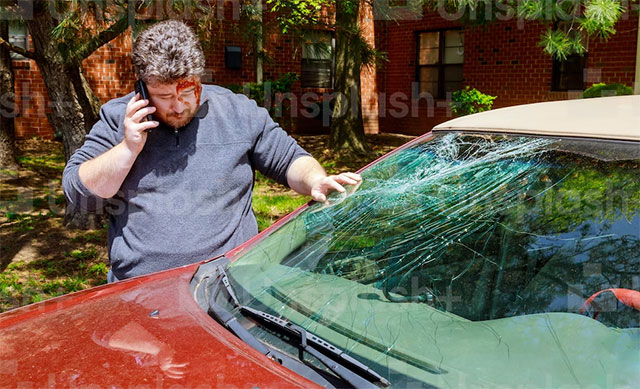Over time, the car insurance industry has changed dramatically. With the introduction of telematics insurance, it has progressed even further.
Across the US, each state has individual requirements for what car insurance drivers are required to have, by law.
This article is going to explain the journey of car insurance, leading to where it stands today, and what the future might look like.
Read on to find out more!

The history of car insurance
The first auto policy was issued in 1897 in Ohio after the first ‘known’ accident occurred 6 years before. From then on, more attention was given to the auto insurance industry. In 1903, Massachusetts and Missouri asked that drivers were required to carry a driver’s license – prior to this point, anyone could drive. How crazy is that?
In 1927, Massachusetts made auto insurance history and became the first state to require car owners to purchase car insurance. After three decades, other states started to join in with their decision.
A man named William Adair founded direct auto insurance in 1991, aiming to create a company that served its customers better than any other insurer on the market.
Telematics – how has it shaped the industry?
Just a few years later, telematics technology was introduced into the insurance industry. This is basically the joining of two sciences; telecommunications and informatics, which can monitor vehicles and equipment using Global Positioning Systems (GPS).
It will then assess the movements of the vehicle on a computerized map, allowing insurance companies to collect data from telecommunications (phonelines, cables, cellular networks). Then, with this data, they are able to track driver’s’ road behavior and vehicle safety.
Telematics has allowed car insurance to be taken to the next level – here are just some examples of the benefits it has for drivers;
- Improves efficiency and productivity.
- Reduces fuel consumption and operational expenses.
- Promotes vehicle maintenance via regular alerts.
- Streamlines organizational and customer communications.
- Automates regular driving reports.
- Increases driver road safety.
The future of car insurance
Despite all the technological changes we have seen throughout car insurance history, there is still more to be done!
In the future, insurers want to increase the use of videographic devices in cars, like dashcams. Some companies already have this method in use, but it’s likely to become more common in years to come. This will allow drivers to have video evidence if they are involved in an accident or need proof of an incident.
In addition to this, insurers are wanting to introduce and improve predictive analytics, which redefines how insurers underwrite policies, interact with customers, and maximize claims efficiency. This process ties in with the data telematics collects on a driver’s behavior and road safety.
As you can see, the future of telematics insurance has a lot to offer. There has been a rather significant amount of progress since vehicle insurance was first introduced, a lot of those advancements coinciding with the resources, knowledge, and power of technology.













